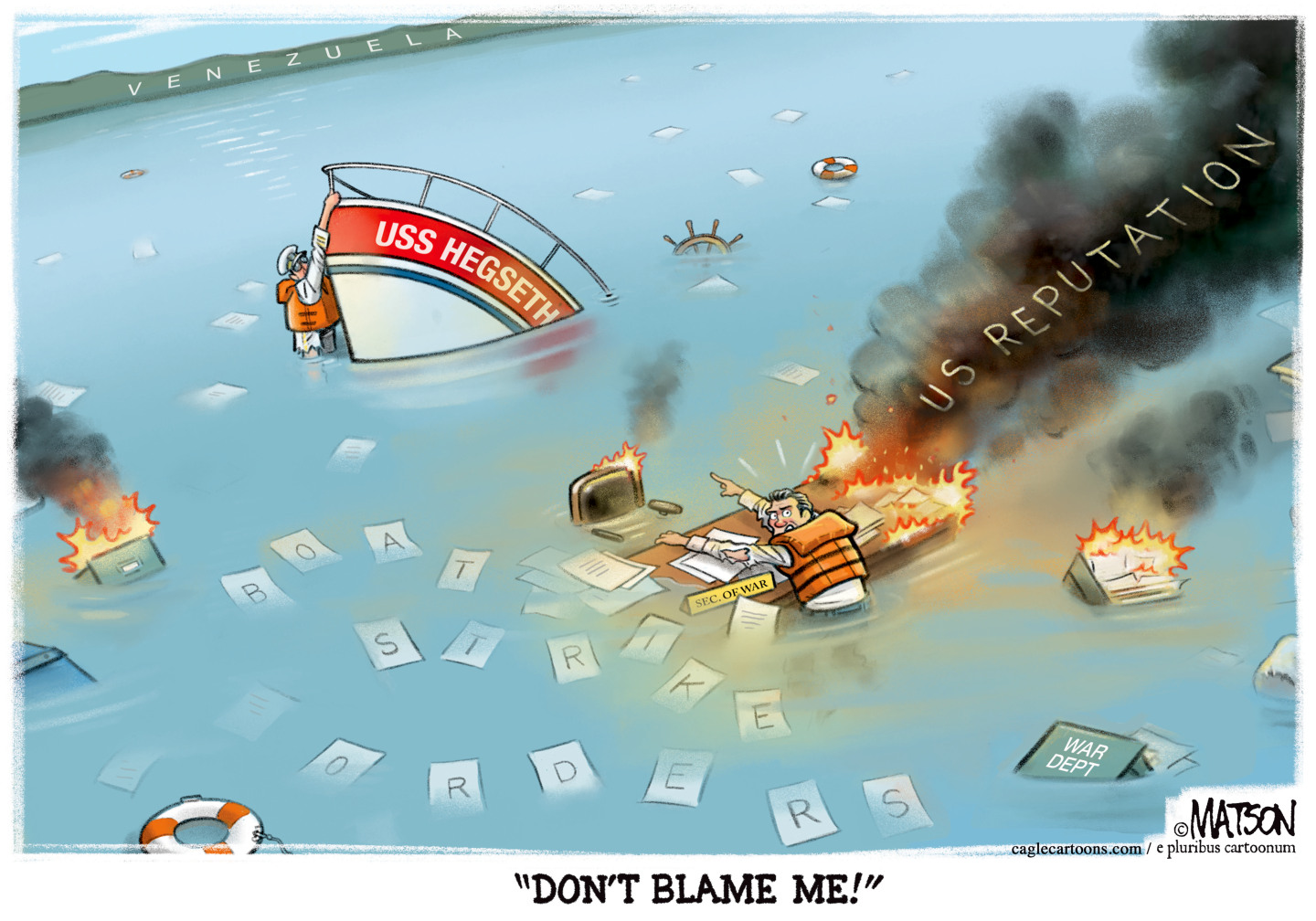Timothy Geithner’s banking rescue
Why the markets love—and Paul Krugman hates—the Obama team’s new plan to save the economy
The stock market “totally loves” Treasury Secretary Timothy Geithner’s new program to clean up the banking mess, said Daniel Gross in Slate. But liberal New York Times columnist Paul Krugman (read his column) says the plan, which offers subsidies to get investors to buy bad mortgage assets from ailing banks, is nothing but "financial hocus-pocus." It's indeed puzzling that investors are now such “girly-men” that we need to “bribe” them to take risks.
It’s disheartening that Krugman is “filled with a sense of despair,” said Steven Pearlstein in The Washington Post. But Geithner’s plan actually has a good shot at cleaning up banks’ balance sheets a bit, letting them raise private capital and return to lending. That is the government’s goal—to revive the financial sector as cheaply as possible—and if this works, the bribes to lure in investors will be a small price.
Geithner’s plan is “logical,” said Justin Fox in Time. But if it fails—if, as Krugman argues, it’s “insufficient” to fix the crisis, or too complicated, or seen as a sweetheart deal for banks or certain investors—the political and financial fallout will be huge. Still, Geithner isn’t making a “crazy bet” that the subsidies will help banks and investors finally set mutually acceptable prices on the toxic assets.
The Week
Escape your echo chamber. Get the facts behind the news, plus analysis from multiple perspectives.

Sign up for The Week's Free Newsletters
From our morning news briefing to a weekly Good News Newsletter, get the best of The Week delivered directly to your inbox.
From our morning news briefing to a weekly Good News Newsletter, get the best of The Week delivered directly to your inbox.
It’s still a bet, said The New York Times in an editorial, and it won’t pay off unless some iffy “assumptions about the future” are correct. If the assets are priced too high, or are worth less than forecast, taxpayers lose. Obama needs to explain why his team isn’t taking the time-tested route: finding, taking over, and restructuring the insolvent banks.
Something like the savings-and-loan-era Resolution Trust Corp. would have been “simpler,” said The Wall Street Journal in an editorial, but Geithner’s plan “isn’t the worst idea the federal government has ever had.” The best thing about it may be that Geithner finally has a strategy. That’s one reason why the markets “roared their approval”—it'll mean less uncertainty.
A free daily email with the biggest news stories of the day – and the best features from TheWeek.com
-
 5 criminally underrated cartoons about Pete Hegseth’s war crime
5 criminally underrated cartoons about Pete Hegseth’s war crimeCartoon Artists take on USS Hegseth, rats leaving the sinking ship, and more
-
 Can Mike Johnson keep his job?
Can Mike Johnson keep his job?Today's Big Question GOP women come after the House leader
-
 A postapocalyptic trip to Sin City, a peek inside Taylor Swift’s “Eras” tour, and an explicit hockey romance in December TV
A postapocalyptic trip to Sin City, a peek inside Taylor Swift’s “Eras” tour, and an explicit hockey romance in December TVthe week recommends This month’s new television releases include ‘Fallout,’ ‘Taylor Swift: The End Of An Era’ and ‘Heated Rivalry’